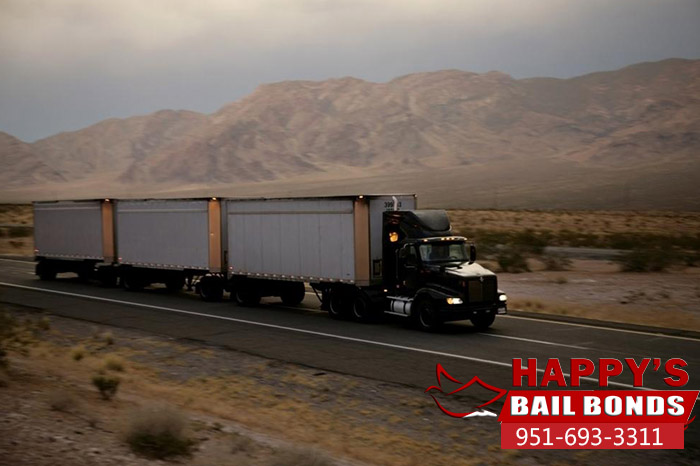
03 Jun Driverless Trucks Hit the Roads between Dallas and Phoenix

As technology advances every single day, ideas that were once thought of as science fiction are inching closer and closer to becoming real. For proof of this fact, look no further than a smartphone and all of the different apps on it. Being able to walk around with a phone/computer/calculator/internet explorer was the stuff of dreams just a few decades ago. Every single day, technology is moving forward.
One piece of technology that many people are excited for, is autonomous driving, otherwise known as self-driving cars. Self-driving cars stand a chance of reducing traffic, or at the very least, making it easier to deal with. These cars could theoretically communicate with one another, and perform better than any human driver could, thereby eliminating the potential for human error.
As tech and car companies both work on bringing this sci-fi idea to life, the United States Postal Service (USPS) is planning on giving it a test run.
USPS Looking for Better Alternatives
USPS has its work cut out for it. The Postal Service is responsible for delivering mail all over the country, and is always looking for ways to improve its service while cutting down costs. Currently, the Postal Service spends around $4 billion to truck mail from one depot to another. Shipping the mail via truck is costly, time consuming, and creates more pollution. The hope of switching to driverless shipping is that it will reduce all of this.
The nation is currently experiencing a shortage of truck drivers as less and less people want to perform the job, making hiring long haul truck drivers more expensive. Autonomous trucks are expected to be much cheaper.
Currently, there are laws regulating how much truckers can drive in a single day. These were implemented to protect truckers, and to help keep them healthy and alert behind the wheels of their vehicles. While this was a good thing, it also means that drive lengths are increased. Since autonomous trucks wouldn’t be held to those regulations, they could make a coast-to-coast run in 2 days, instead of the industry standard 5 days.
Lastly, newer vehicles are just built to be cleaner than older vehicles. Plus, with a computer in control of a vehicle, it is far more likely to make better decisions about how much it uses the gas pedal. These autonomous vehicles will theoretically be more fuel efficient, thereby reducing emissions.
The Future of Mail Delivery
With the potential benefits laid out like that, it is easy to see why companies, and the USPS, are so interested in autonomous vehicles. Currently, the USPS is performing a 2 week trial run of autonomous trucks making deliveries between Dallas, Texas and Phoenix, Arizona. The trucks are built and operated by San Diego based company TuSimple.
While the trucks will be driving themselves, they will not be doing so alone. A safety driver will be present at all times, just in case someone needs to take control of the vehicle. There will also be an engineer present in the passenger seat to monitor the vehicle and make repairs if necessary.
TuSimple states that other drivers on the road between Phoenix and Dallas likely won’t even notice that the trucks are autonomous. The vehicles are designed to exhibit proper driving, meaning they use turn signals and obey speed limits. Plus, the trucks aren’t heavily marked as being autonomous, since the company has found that either distracts other drivers, or causes them to try to mess with the truck in some way.
Could Autonomous Trucks Be a Reality Soon?
If this trial goes well, autonomous truck deliveries between distribution centers could become commonplace in the next years. This could help speed up the mail delivery process, which is something everyone would enjoy. However, don’t expect to see autonomous delivery trucks driving through neighborhoods anytime soon, as that technology is a little more complicated, and further out from becoming a reality.
Still, if this trial does go well, then it is just another step toward autonomous vehicles. Just imagine being able to get into a vehicle and not having to drive it. There would be no more worry about what other drivers are doing or how to get over in time for the off-ramp. Getting from point A to point B would be a lot easier, and safer, for everyone.
What do you think of autonomous vehicles? Are they the future, or will they remain a product of science fiction? Is the technology ready for this kind of work?

Sorry, the comment form is closed at this time.